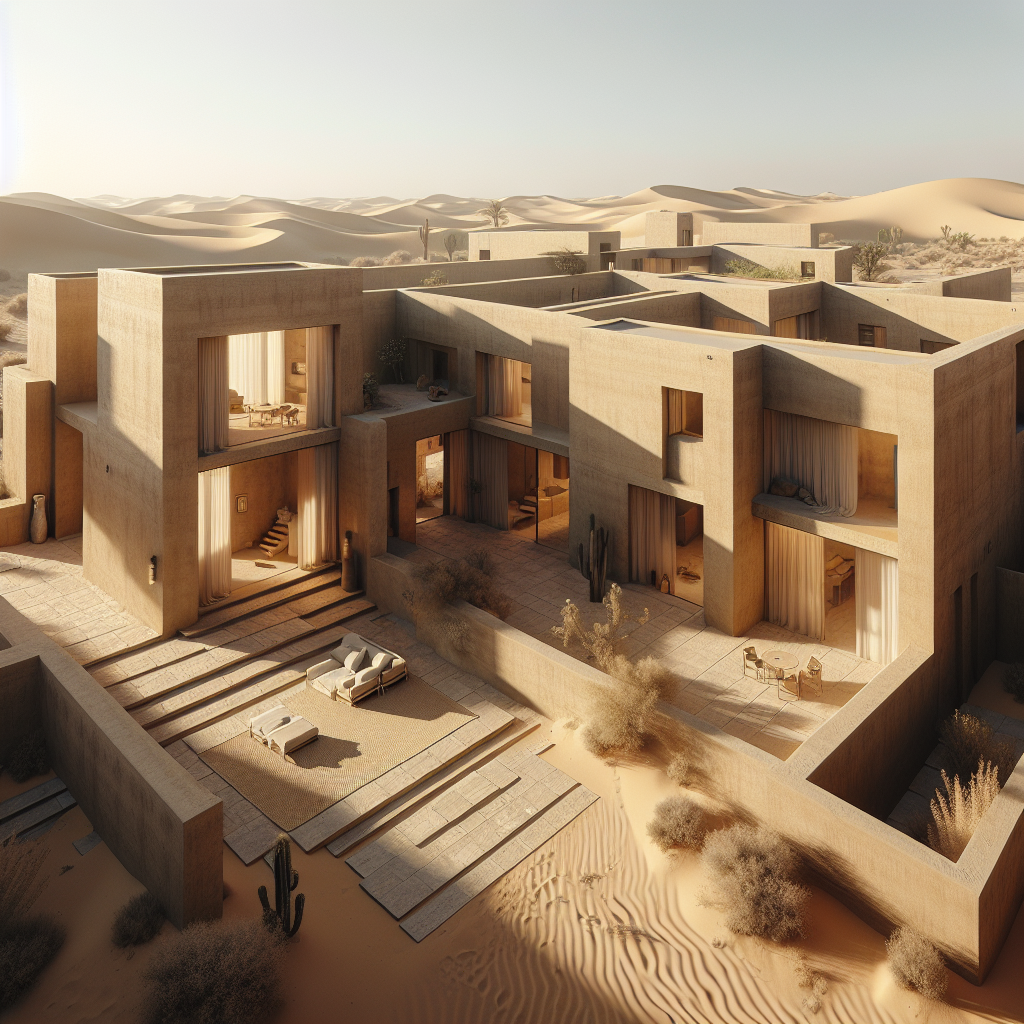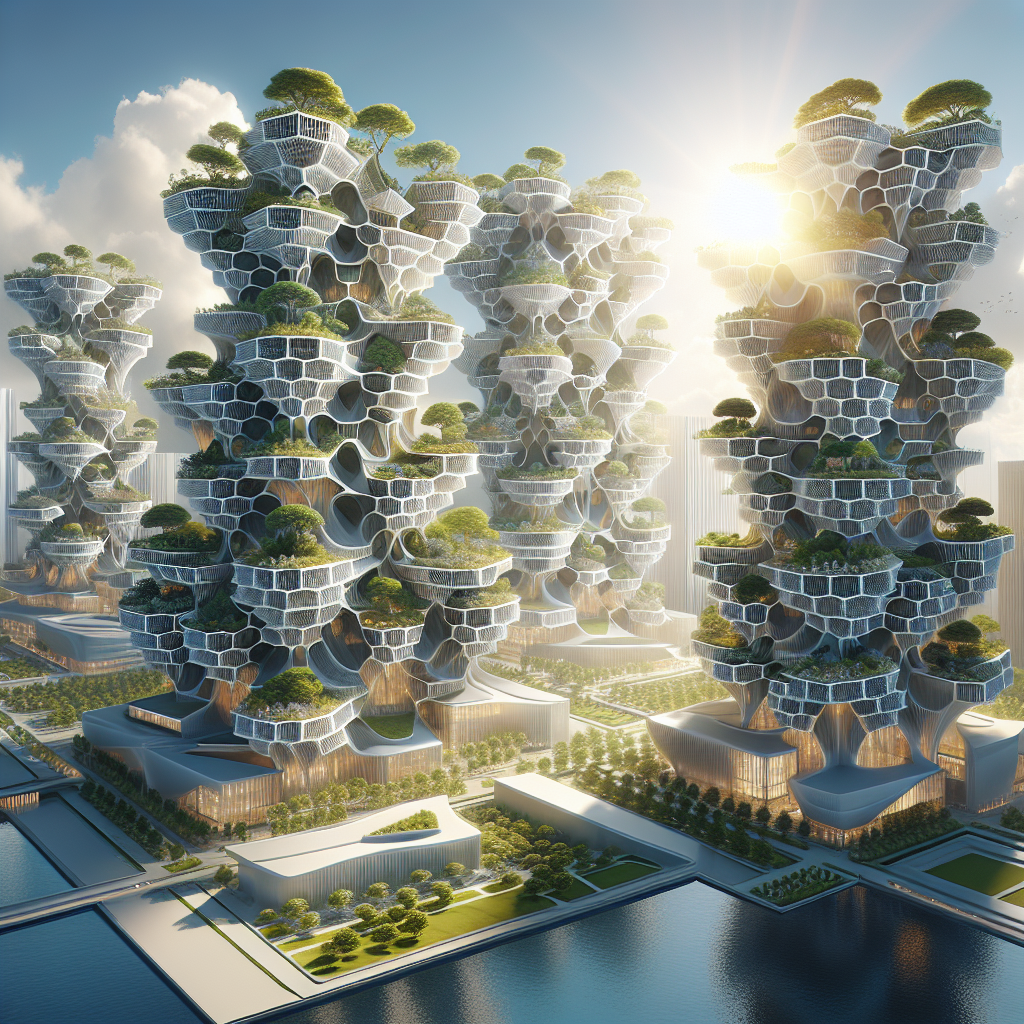Curvature mania winding: walkways dissolving rectilinear design norms

Curvature Mania Winding: Walkways Dissolving Rectilinear Design Norms
In the ever-evolving landscape of contemporary architecture, a distinct rebellion against the rigidity of rectilinear design is unfolding. Architects and designers are increasingly embracing fluidity, creating spaces that flow organically, dissolve boundaries, and redefine our interaction with built environments. Central to this transformative shift is the rise of curved walkways—graceful, sinuous paths that challenge conventional architectural norms and captivate both the eye and the imagination.
The Rise of Curvilinear Architecture
Curvilinear architecture, characterized by smooth, flowing lines and dynamic forms, is not merely an aesthetic choice but a philosophical statement. Rejecting the straight lines and sharp angles that dominated modernist architecture, today’s designers favor curves that echo natural forms, inviting movement and exploration. This trend reflects a broader societal shift towards sustainability, biophilia, and human-centric design principles, aiming to create spaces that resonate deeply with our innate affinity for nature.
According to recent studies on biophilic design and its impact on human health and well-being, curvilinear forms significantly enhance emotional comfort and cognitive performance. The soft, flowing lines mimic natural patterns found in landscapes, rivers, and organic life, reducing stress and fostering a sense of tranquility and connection.
Fluidity in Urban Landscapes
Urban environments, traditionally dominated by grids and right angles, are increasingly embracing curvature to enhance pedestrian experiences. Notable among these transformative projects is the High Line in New York City, a celebrated example of adaptive reuse that integrates winding paths and lush greenery, creating a serene urban oasis above the bustling streets. Similarly, the undulating pathways of Singapore’s Gardens by the Bay seamlessly guide visitors through an immersive botanical journey, blurring the lines between architecture and landscape.
In Paris, the forthcoming 2024 Summer Olympics have sparked a wave of innovative architectural interventions. The city is reimagining its public spaces with sinuous pedestrian walkways that not only facilitate movement but also create vibrant communal hubs. As detailed in our analysis of how the Summer Olympic Games of Paris 2024 will affect the city in terms of architecture and design, these curvilinear paths symbolize Paris’s commitment to sustainable urbanism and inclusive design.
Iconic Examples: Curved Walkways Redefining Spaces
Architectural pioneers such as Zaha Hadid and Frank Gehry have long championed the expressive potential of curves. Hadid’s Heydar Aliyev Center in Baku, Azerbaijan, exemplifies this approach, with its fluid, wave-like exterior seamlessly transitioning into sweeping interior walkways. Visitors are guided effortlessly through spaces that feel both futuristic and organic, dissolving the boundaries between structure and landscape.
Similarly, Gehry’s Guggenheim Museum Bilbao employs curvilinear pathways that wrap around and through the building, creating dynamic perspectives and an ever-changing visual experience. These walkways not only facilitate movement but also encourage exploration and discovery, transforming the act of walking into an immersive, artistic experience.
Material Innovations Enabling Curvature
The proliferation of curved walkways is closely tied to advancements in materials and construction technologies. Digital fabrication methods, including parametric design and 3D printing, have revolutionized architects’ ability to conceive and execute complex, curvilinear forms. For instance, sand printing technology, explored in our recent feature on the potential of sand printing technology for design and architecture, enables the creation of intricate, curved structures with unprecedented precision and sustainability.
Additionally, materials such as engineered timber, flexible concrete, and composite materials have empowered designers to push the boundaries of traditional construction. The rise of cross-laminated timber (CLT), for example, has facilitated the construction of wooden skyscrapers and curvilinear structures that are both aesthetically striking and environmentally responsible.
Curvature and the Human Experience
Beyond aesthetics and innovation, curved walkways profoundly impact the human experience within built environments. Research in environmental psychology suggests that curvilinear spaces foster greater social interaction, encourage exploration, and enhance emotional well-being. Unlike linear paths, which often convey a sense of urgency and directness, curved walkways invite leisurely exploration, curiosity, and contemplation.
Moreover, these pathways align with principles of universal design, accommodating diverse mobility needs and creating inclusive spaces accessible to all. By dissolving traditional rectilinear constraints, architects are crafting environments that prioritize human experience, connectivity, and emotional resonance.
Future Directions: Embracing Curvature in Sustainable Design
As the global community increasingly prioritizes sustainability and resilience, curved walkways offer compelling solutions for environmentally conscious urban planning. Projects such as the Bosco Verticale in Milan, with its sinuous pedestrian paths weaving through vertical forests, demonstrate how curvature can harmonize architecture with ecological principles.
Furthermore, as explored in our article on building a sustainable future through biodegradable architecture, integrating curvature with sustainable materials and biophilic elements presents exciting opportunities for future urban developments. Curved pathways not only enhance aesthetic appeal but also contribute to ecological balance, stormwater management, and biodiversity preservation.
Challenges and Considerations
Despite their numerous advantages, curvilinear designs present unique challenges. Construction complexities, higher costs, and maintenance considerations require careful planning and execution. Additionally, ensuring accessibility and navigability in highly curved environments demands thoughtful design strategies, including clear wayfinding systems and inclusive design principles.
Nevertheless, the benefits of curvilinear walkways—ranging from improved psychological well-being to enhanced ecological sustainability—far outweigh these challenges. As architects and urban planners continue to innovate, these obstacles are increasingly surmountable, paving the way for more widespread adoption of curvature in design.
Conclusion: A New Architectural Paradigm
The ascent of curved walkways marks a profound shift in architectural philosophy, challenging long-held rectilinear norms and redefining our relationship with built environments. By embracing fluidity, architects are creating spaces that resonate deeply with human emotions, ecological principles, and aesthetic sensibilities.
As we navigate the complexities of urbanization, climate change, and social inclusivity, curvilinear design emerges as a powerful tool for crafting sustainable, human-centric environments. This curvature mania is not merely a fleeting trend but a transformative movement reshaping the very fabric of contemporary architecture.
In embracing the winding paths ahead, we are invited to reconsider our built environments—not as rigid constructs but as dynamic, living spaces that celebrate movement, exploration, and the beauty of organic form.








